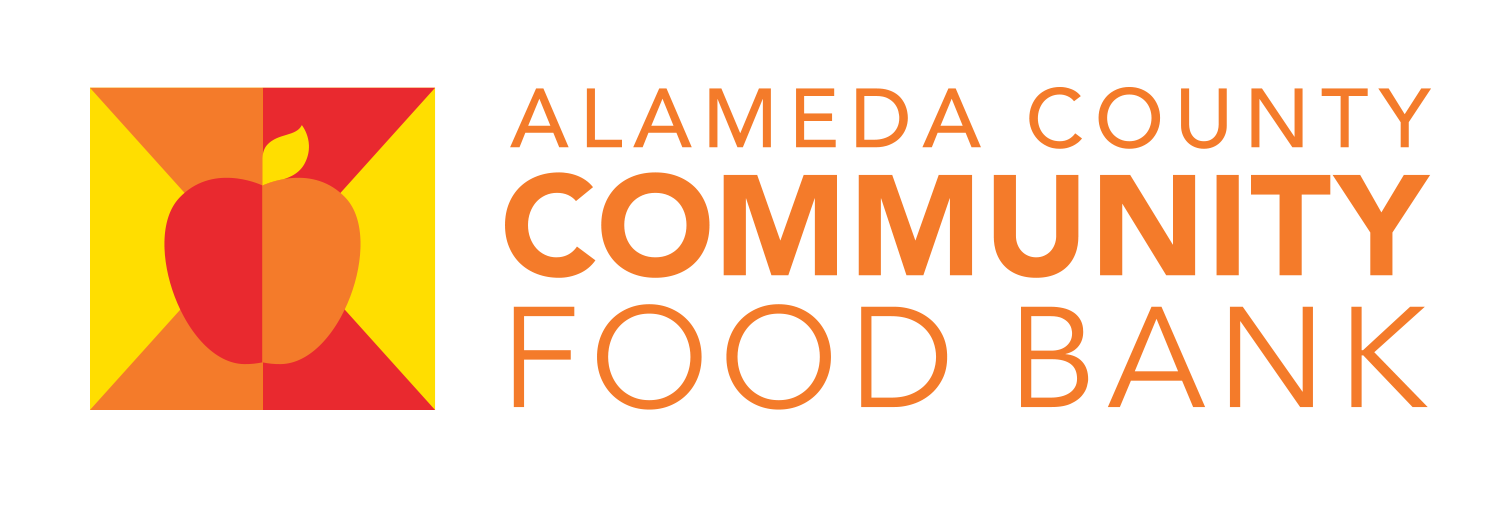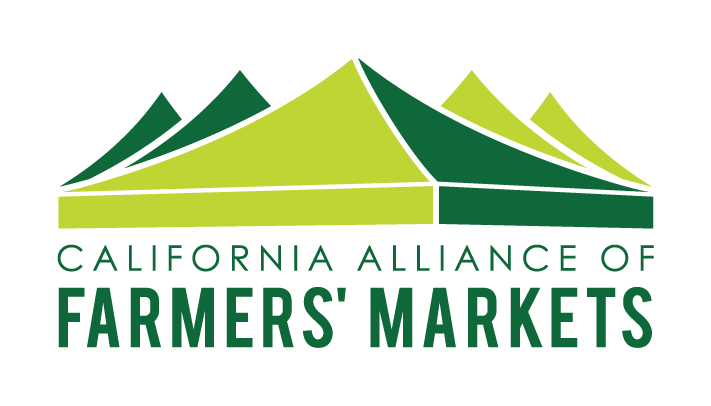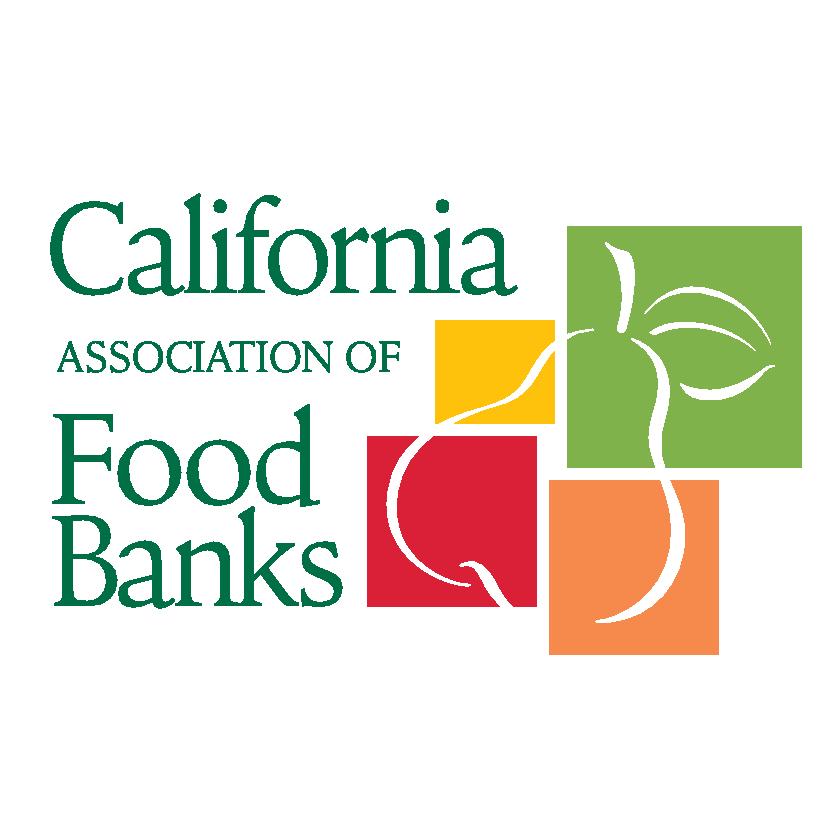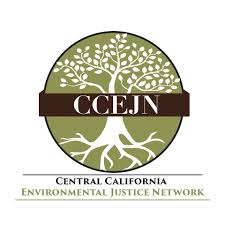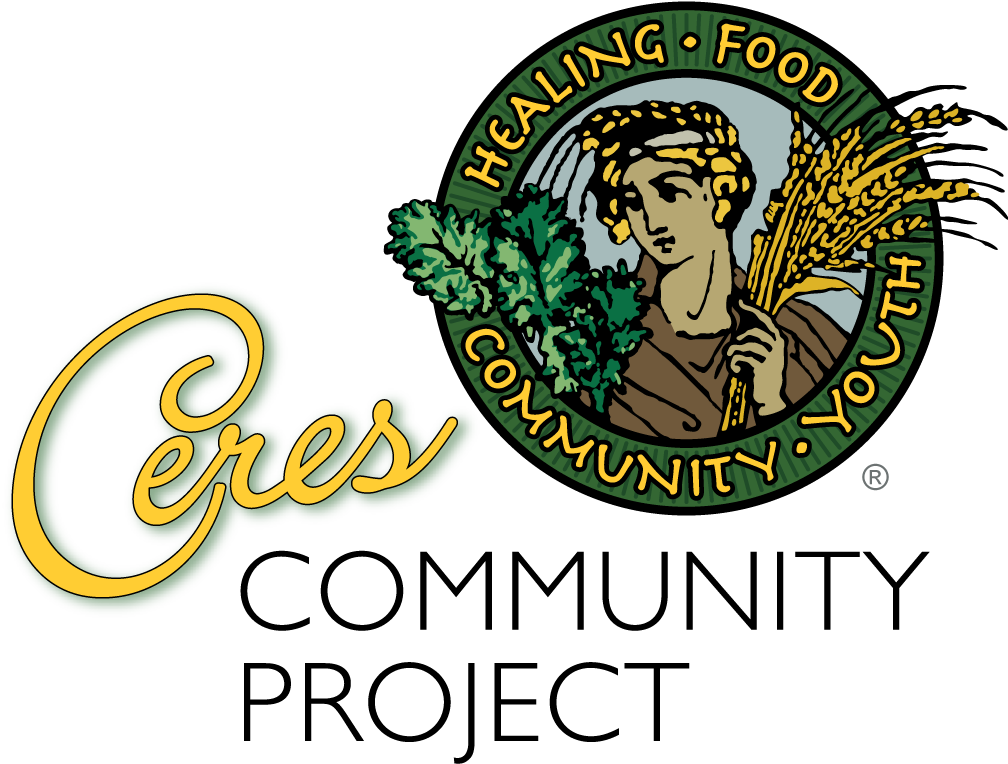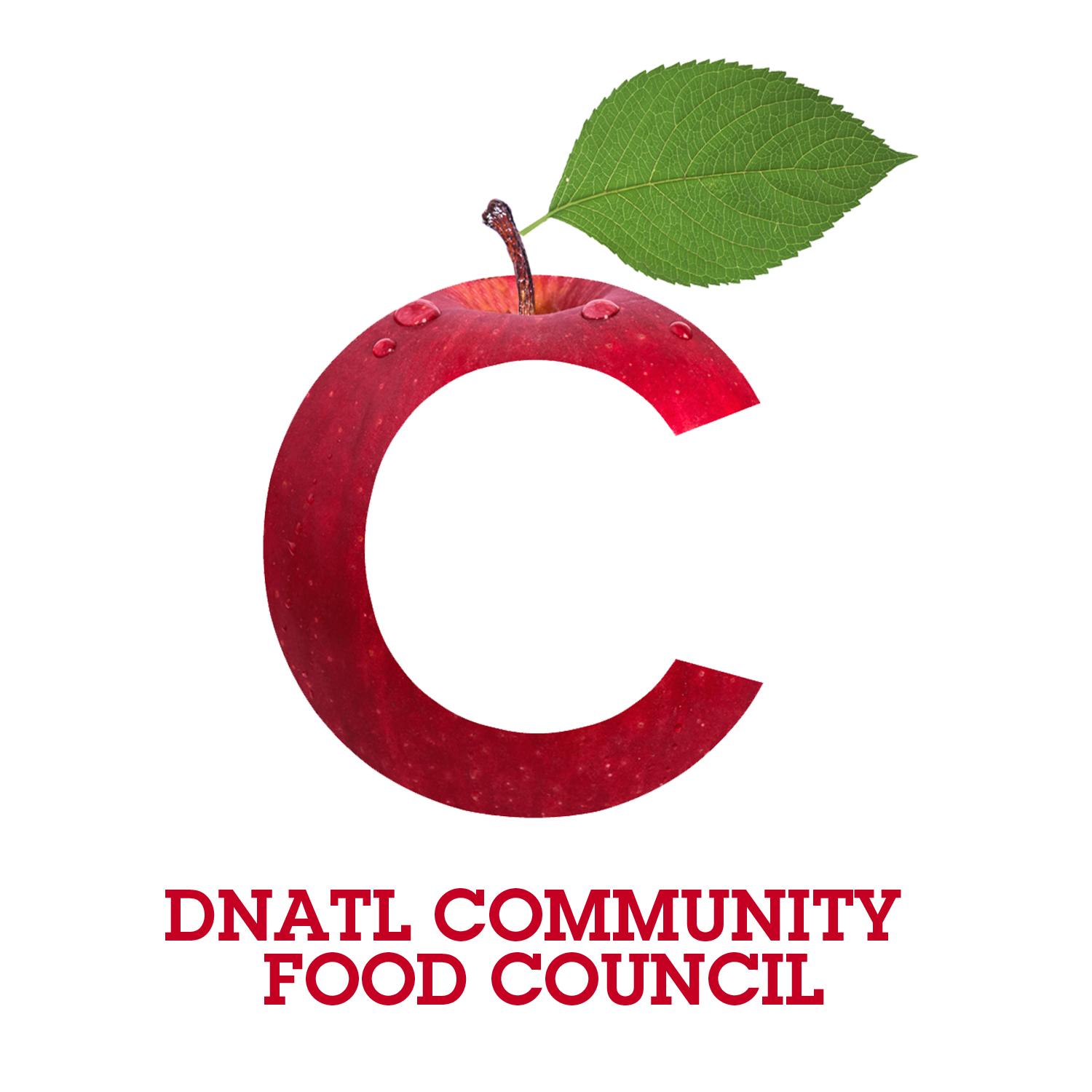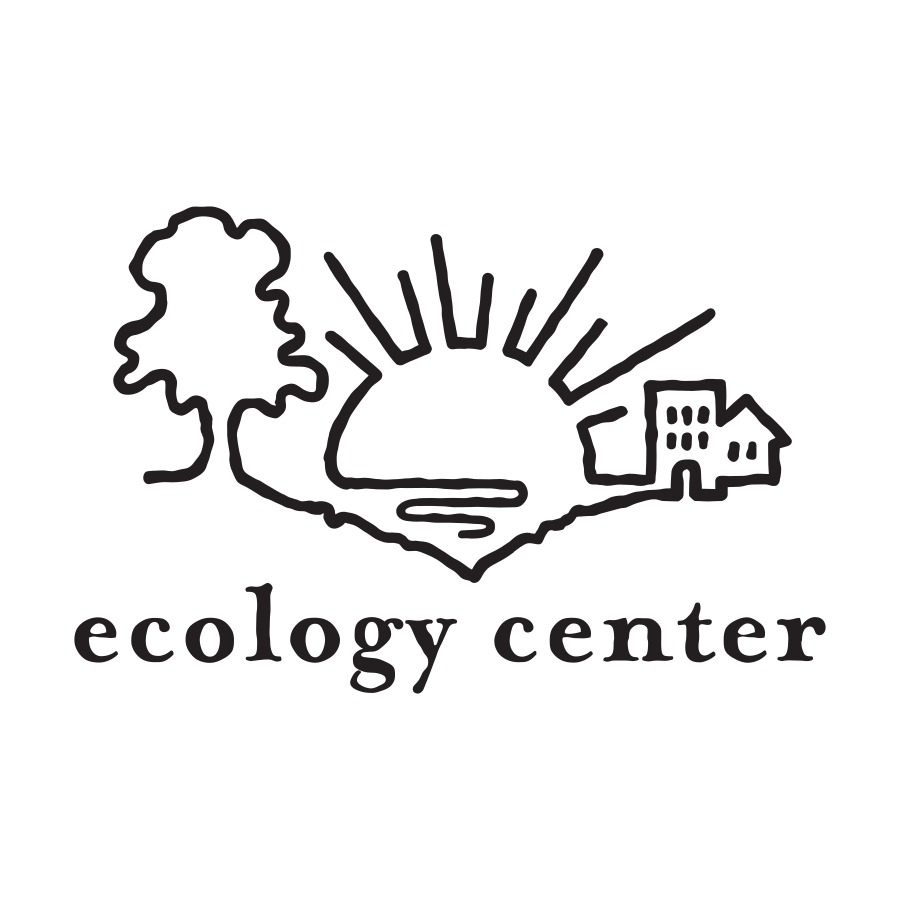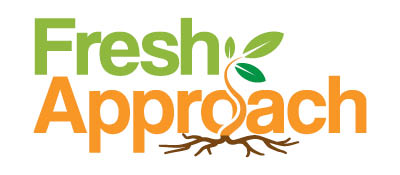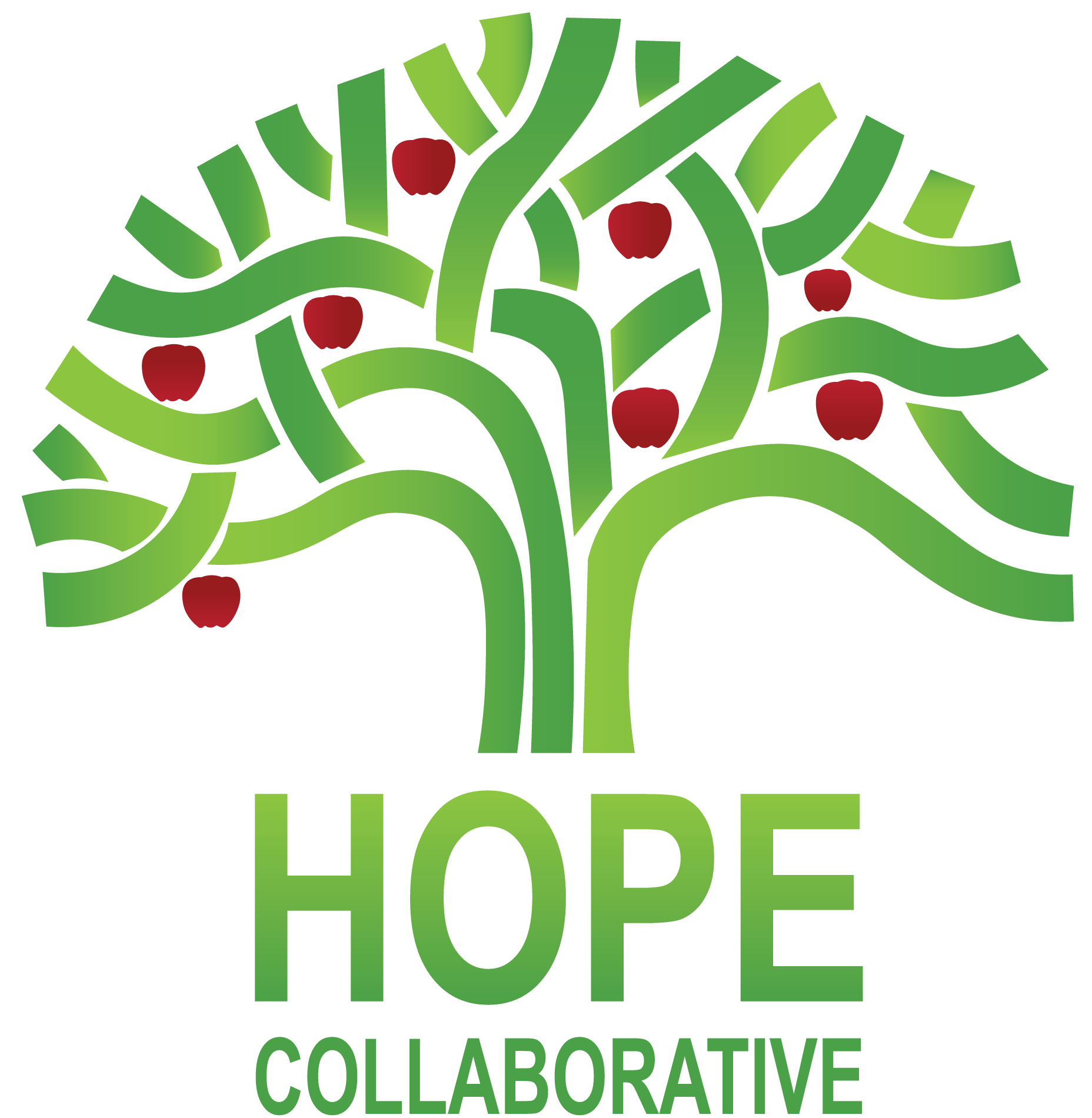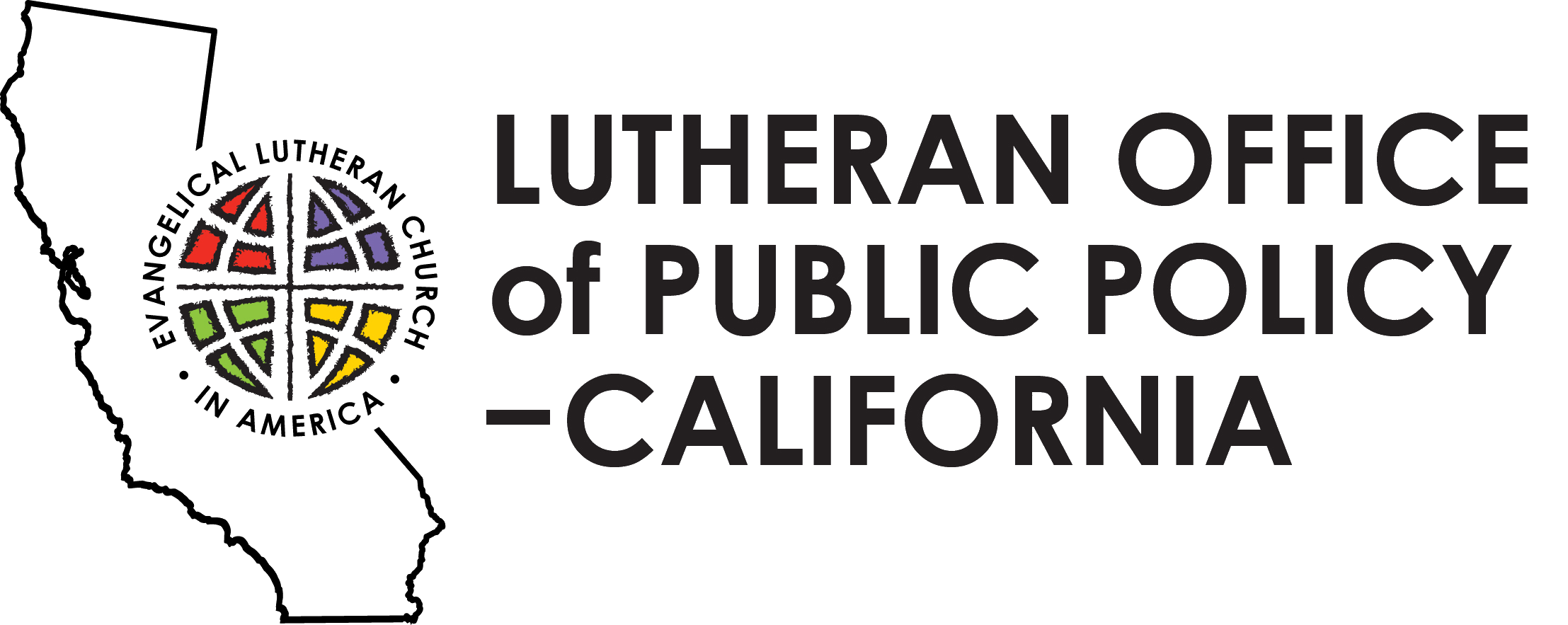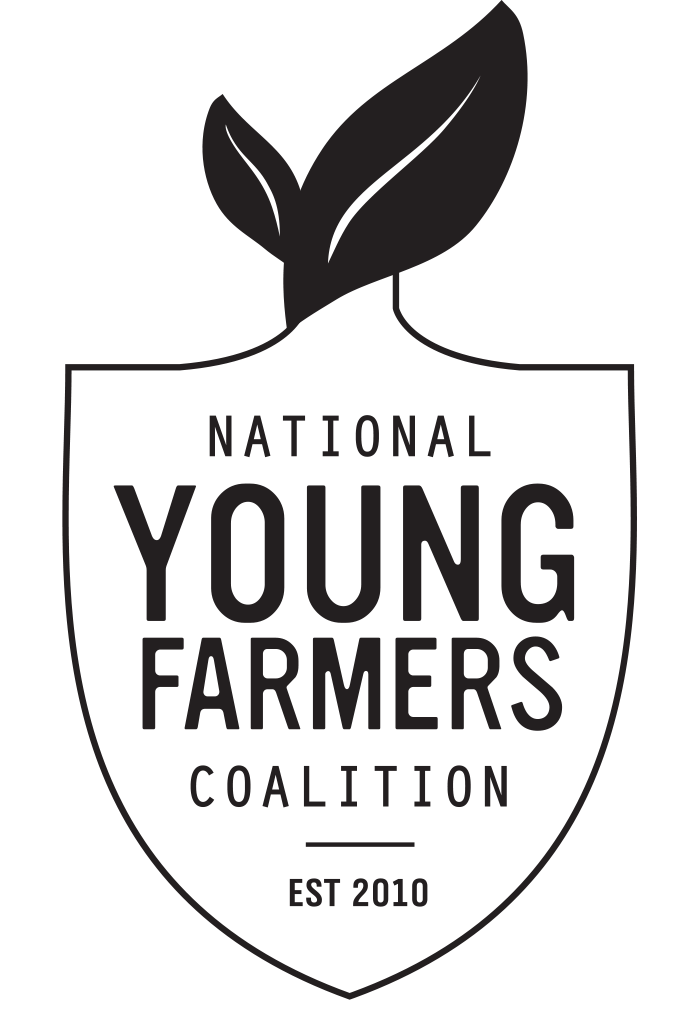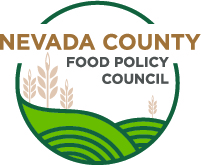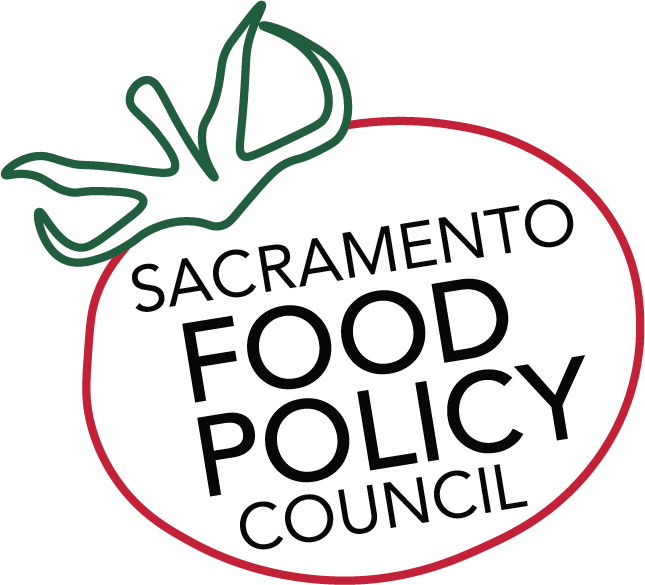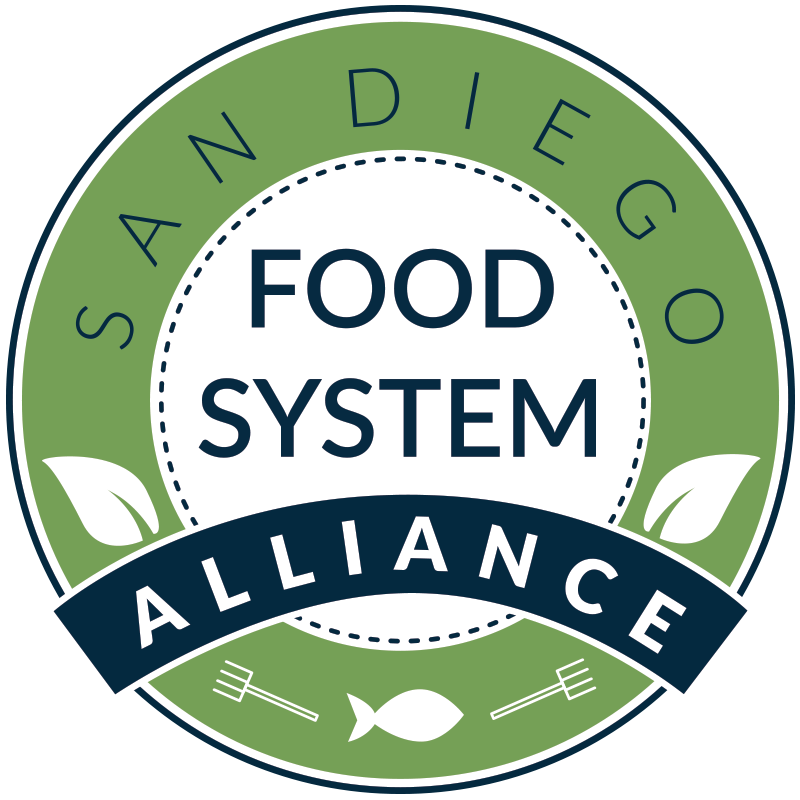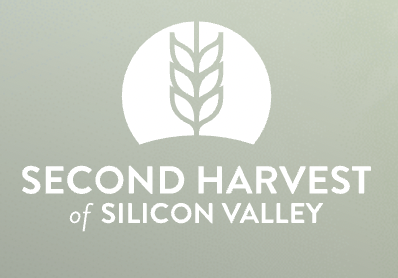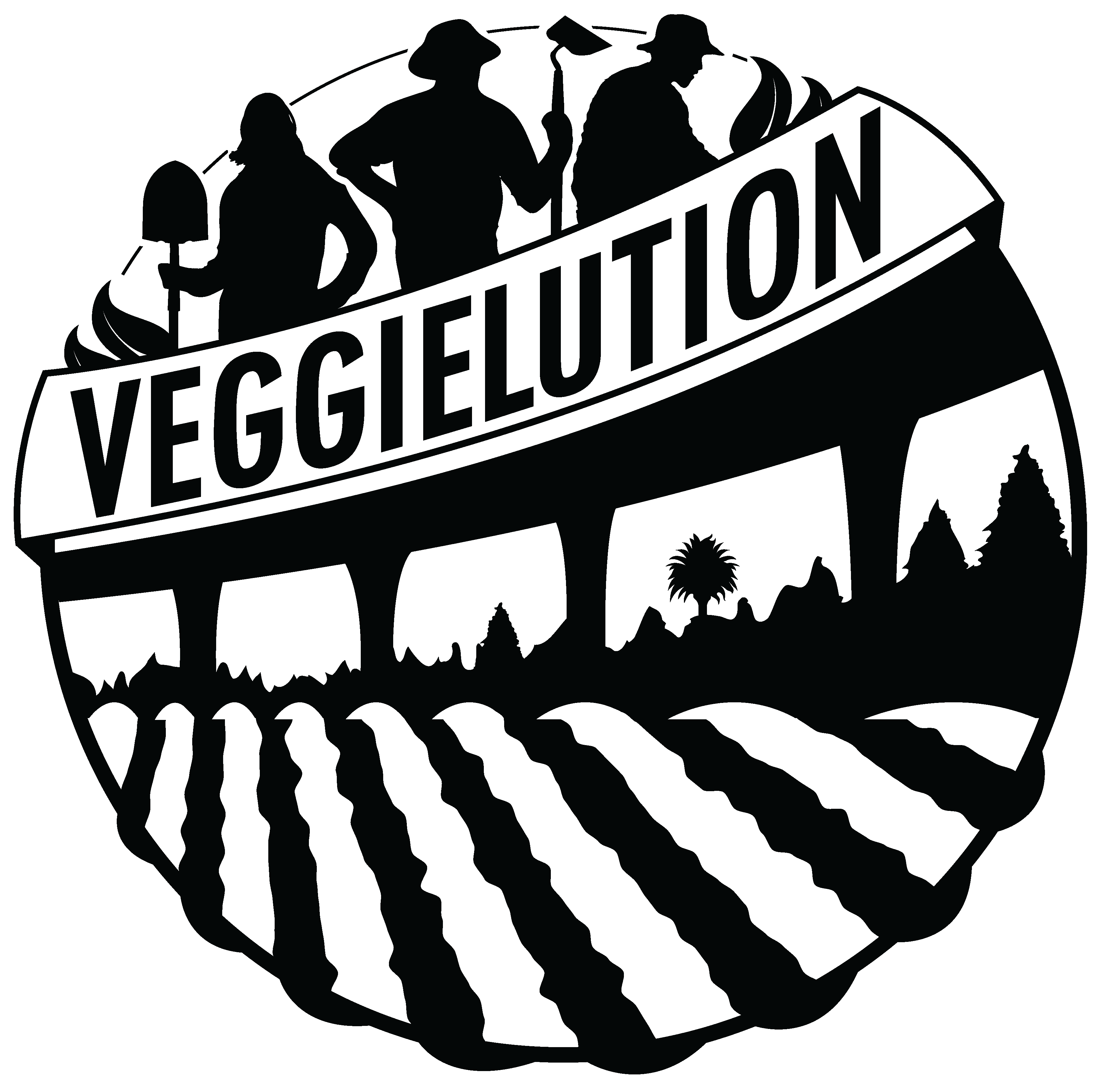By Elias Berbari, CFFN Communications Fellow
With Election Day behind us and a new legislative cycle right around the corner, an opportunity arises for us all both to consider some important forward-looking questions. What types of solutions do we want to support and why? What perspectives, visions, and values underlie these solutions? As advocates, are the solutions to the broad spectrum of issues we want to address in conflict with one another, or is there synergy between them? And, more generally, how can each of us, as allies, play a collaborative role in forming a whole that is greater than its parts?
With these questions in mind, CFFN recently spent time putting together a “Menu for Advancing California’s Equitable and Agroecological Food and Farming System” that can serve as an educational resource not just for our state leaders and policymakers, but for anyone that wants to get a better sense of the opportunities to use policy to change California’s food and farming system. The document highlights the definitive connections that food and farming issues have to more frequently discussed political topics and lays the groundwork for equity-centered solutions that get to the root of these issues.

Included in the packet is an infographic outlining the Four Ingredients to Build an Equitable Food and Farming System: Regional Food System Resilience, Farmworker and Food Chain Worker Advancement, Improved Access to Healthy Food, and Agroecological Food and Farming. Today, we’ll briefly detail each of these ingredients and make the case for why none can truly be achieved without recognizing their interdependence.
Ingredient 1: Regional Food System Resilience
It has never been more clear that centralized, rigid supply chains are not capable of appropriately responding to disruptions like extreme weather events or pandemics, which we will likely see with more frequency in the decades to come. Our current food and farming system is defined by a concentration of power, with limited opportunities for small producers and food businesses to thrive—reflected in the fact that 49% of the Black, Indigenous, and people of color (BIPOC) small farmers experience food insecurity themselves.1
More diverse options for producing, aggregating, and distributing food can benefit not only our state’s small- and medium-sized farms—which make up 84% of California’s farms2—but offer creative solutions to everyone from environmental advocates to emergency responders. CFFN’s mission is to make sure racial equity is centered in all policymaking solutions, some of which can be found on page 6 of the packet.
Ingredient 2: Farmworker and Food Chain Worker Advancement
The majority of California’s farmworkers, food industry workers, and food service providers are Black, Indigenous, and people of color, undocumented, or live in mixed-immigration status families.3 Despite the fact that their cultural and technical expertise serves as the backbone for much of the U.S. food system, they are regularly subject to poverty wages, increasingly unsafe working conditions,4 and exclusion from critically important safety net programs.5
This lack of dignity and equity is an issue for everyone: the well-being of our farmworkers and food chain workers is directly linked to the availability of food that many of us put on our plates without considering what got it there. Solutions are wide-ranging, and directly involve sectors—from public health to housing—that are typically seen as outside the food system, which is why CFFN puts a focus on bridging these silos. Visit page 8 of the packet to learn more about changes you can advocate for, from language accessibility to supplemental paid sick leave.
Ingredient 3: Improved Access to Healthy Food
Too often, the very food that these farm and food chain workers are producing—more than enough to feed everyone—is not available for those that need it most, largely due to systemic inequities.6 1 in 5 Californians faces hunger,7 a stark number on its own. Yet this is an issue whose effects impact everyone. To give just one example, healthcare costs associated with food insecurity cost California more than $7 billion annually.8
Improving access to healthy, nourishing food means fully funding and expanding crucial safety net programs while continuing to think about intersectionality in the food system. Whether it is simplifying the CalFresh renewal process or investing in public school kitchens, all our allies can play a role in actualizing better outcomes. Head to page 10 of the packet for more.
Ingredient 4: Agroecological Food and Farming
As it stands, California farming is largely dominated by conventional, chemical-dependent methods that harm farmworkers and communities living close to farms, small farmers, farmers of color, and the environment. And with 50% of California cropland owned by 5% of the total landowners,9 the effects of ongoing climate impacts—from drought to pest pressure—are often felt by smaller, BIPOC farmers who don’t have access to as much federal funding as larger, mostly white-owned operations do.10
A more just, flourishing future is dependent on diversity—in the crops we plant, the methods in which we grow them, and the farmers that steward the land. Uplifting and scaling alternatives will take investments in access to farmland ownership, technical assistance for more ecologically-friendly growing practices, and much more, details on which can be found on Page 12 of the packet.
The Interconnectedness of it All

It’s easy to feel overwhelmed by the challenges we face as a collective. There is seemingly so much to do, especially when we work in silos; by failing to identify root causes, many implemented solutions may look different on the surface, but in fact, perpetuate the same systemic inequities that have persisted for centuries. To quote Audre Lorde: “There is no such thing as a single-issue struggle, because we do not live single-issue lives.”11
This is why CFFN, with its diverse group of nearly 50 statewide member organizations, takes a systems-thinking, root-cause approach. By highlighting the ways in which collaborative solutions can have far-reaching benefits beyond the immediate issue they are addressing, it becomes apparent that—with a synergistic mindset, carefully directed resources, and an emphasis on cross-sector communication—rapid transformation is possible.
Here are just a few of many examples that demonstrate how the aforementioned Four Ingredients are interconnected:
- Addressing California’s rampant use of pesticides would not only promote more agroecological, durable methods of pest management but would significantly improve working conditions and health outcomes for the farmworkers currently being exposed to those pesticides.
- Investments in nimble, shared infrastructure—from cold storage to commercial kitchen spaces—can create supply chains that are more resilient to disruptions and allow small, BIPOC producers to access new market channels. Both impacts can contribute to getting fresh, culturally-relevant nourishment to food-insecure communities more consistently and sustainably.
- Implementing culturally and linguistically appropriate technical assistance across state agencies would simultaneously help to 1) increase enrollment in effective nutrition assistance programs like CalFresh, 2) allow farmworkers and food chain workers to more easily exercise their rights, report violations, and participate in workforce development programs, and 3) help historically underserved producers access on-farm support, financial resources, and business development, all of which can facilitate more widespread implementation of environmentally-friendly growing practices.
The list goes on and on. Faced with a long list of issues needing attention, returning to these four ingredients and their inherent dependence on one another can bring a fresh perspective and help us make wise use of limited resources. When decisions are made in silos, even the most well-intentioned state investments miss an opportunity to address inequities in other parts of the food system at large. Instead, when the state is investing in food access measures, for example, considering the farmers and farmworkers connected to that food can ensure that each dollar spent can create its own positive ripple effects.
With this fresh perspective and expanded vision, all of us can more ardently advocate for a future where the whole truly is greater than its parts—one of abundance, one of equity, and one where the food and farming system’s unique ability to touch every aspect of our lives is leveraged for the well-being of all.
To read more from the Menu for Advancing California’s Equitable and Agroecological Food and Farming System, click here! To learn more about the California Food and Farming Network and get involved in our advocacy efforts, visit our website.
Citations
- 2021 Community Alliance with Family Farmers Survey
- Macaulay, L., & Butsic, V. (2017). Ownership characteristics and crop selection in California cropland. California Agriculture, 71(4), 221–230.
- COVID-19 Farmworker Study
- Agricultural Safety | NIOSH | CDC
- FOOD INSECURITY AMONG UNDOCUMENTED IMMIGRANTS IN CALIFORNIA & EXCLUSION FROM NUTRITION ASSISTANCE PROGRAMS
- Eric Holt-Giménez, Annie Shattuck, Miguel Altieri, Hans Herren & Steve Gliessman (2012): We Already Grow Enough Food for 10 Billion People … and Still Can’t End Hunger, Journal of Sustainable Agriculture, 36:6, 595-598; http:// dx.doi.org/10.1080/10440046.2012.695331
- App Explores Seven Key Economic Indicators
- CDC State Level and County Level Estimates of Health Care Costs Associated with Food Insecurity
- Macaulay, L., & Butsic, V. (2017). Ownership characteristics and crop selection in California cropland. California Agriculture, 71(4), 221–230.
- USDA 2012 Census of Agriculture
- Audre Lorde, “Learning from the 60s,” in Sister Outsider: Essays & Speeches (Berkeley, CA: Crossing Press, 2007), 138.



